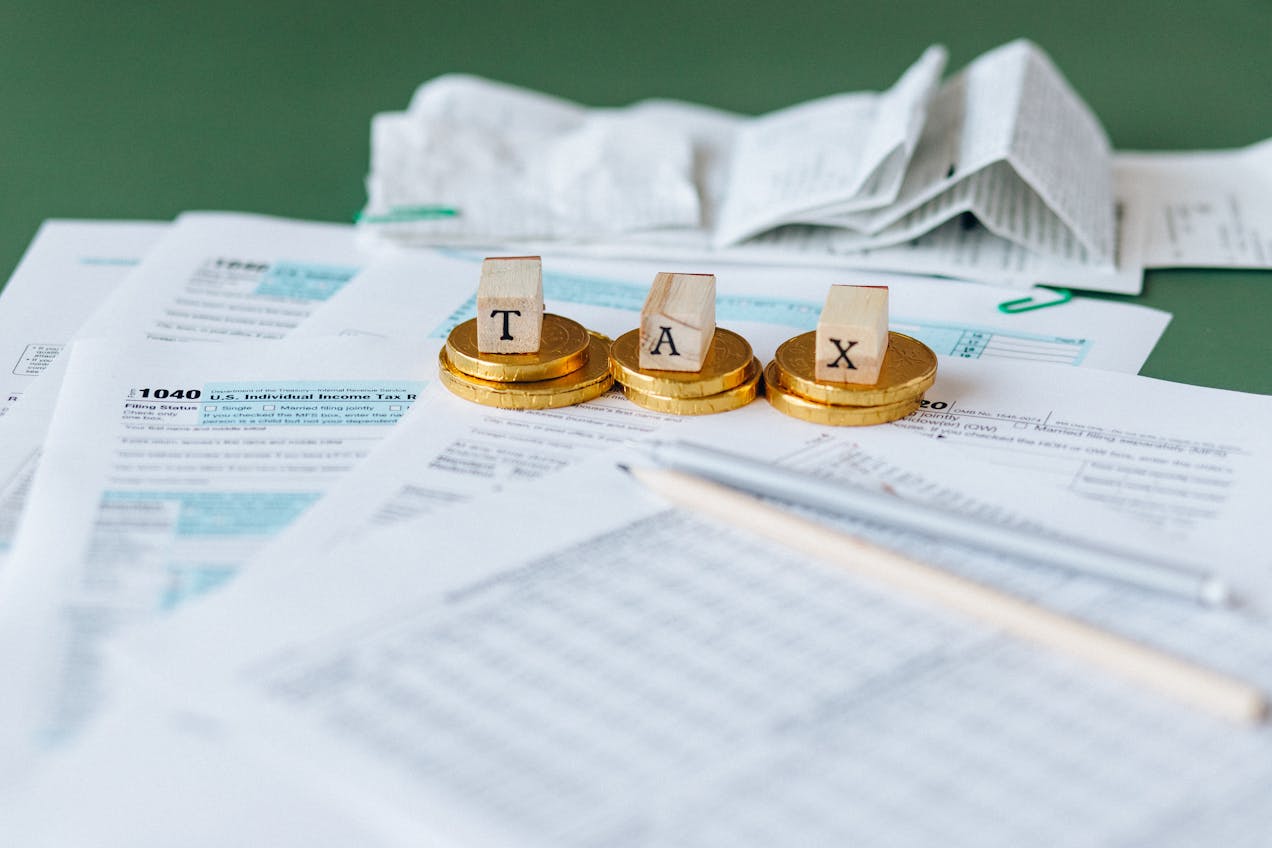
The introduction of the Employee Retention Tax Credit (ERTC) under the CARES Act represents a significant U.S. government initiative to support businesses that maintained their workforce amidst the economic turmoil caused by COVID-19. With extensive expertise in U.S. tax credits and a profound understanding of IRS regulations, this document aims to offer businesses a detailed exploration of the Gross Receipts Test, a pivotal eligibility criterion for the ERTC. This guide emphasizes the regulatory framework and specific IRS sections pertinent to the Gross Receipts Test, offering clarity and direction to businesses navigating this opportunity.
At the heart of the ERTC eligibility criteria is the Gross Receipts Test, designed to evaluate the financial impact of the pandemic on businesses by comparing current revenues against pre-pandemic levels.
Gross receipts encompass all income in any form, including sales of products or services, interest, dividends, rents, royalties, fees, or commissions, minus returns and allowances. This comprehensive approach ensures a holistic assessment of a business’s revenue streams.
1. Selection of Quarters for Comparison: Determine which quarters in 2020 and 2021 will be analysed against the corresponding quarters in 2019.
2. Gross Receipts Calculation: Aggregate income from all sources for these quarters, accounting for any returns and allowances.
3. Revenue Comparison Analysis: Assess whether the revenue for the specified quarters meets the significant decline criteria set for either 2020 or 2021.
4. Documentation for Compliance: Maintain detailed records of all calculations and comparisons to substantiate the ERTC claim, as these may be required for IRS verification.
The Gross Receipts Test is a key determinant of eligibility for the Employee Retention Tax Credit, demanding thorough financial analysis and adherence to IRS guidelines. This guide underscores the importance of understanding the specific IRS sections and notices that frame the Gross Receipts Test, ensuring businesses can navigate the complexities of claiming the ERTC effectively. Consulting with tax professionals who are versed in the nuances of these regulations is advisable to maximize the benefit and ensure compliance.
Businesses are encouraged to stay informed on the latest IRS updates and seek expert advice to leverage the ERTC successfully, securing vital financial support during challenging times.
For personalized assistance with the Gross Receipts Test and ERTC eligibility, contact us at anshul@incencred.com or visit our website at www.incencred.com for more information.
This information is for general guidance only and should not be construed as legal or professional advice. Consult a tax professional for advice specific to your situation regarding the ERTC and Gross Receipts Test.
1. What is the Gross Receipts Test for ERTC eligibility?
The Gross Receipts Test determines eligibility for the ERTC by comparing the gross receipts of a business in a calendar quarter in 2020 or 2021 to the same quarter in 2019. A significant decline in gross receipts during these periods may qualify a business for the credit.
2. How much of a decline in gross receipts is needed to qualify for the ERTC?
To qualify, gross receipts for a given quarter in 2020 or 2021 must have declined by more than 50% when compared to the same quarter in 2019. For 2021, the required decline is more than 20%.
3. Are all types of receipts included in the Gross Receipts Test?
Yes, all sources of revenue, including sales of products or services, interest, dividends, rents, royalties, and annuities, regardless of whether they are related to the business’s primary operations, are included.
4. Does the Gross Receipts Test apply differently to different types of businesses?
The test applies uniformly across different types of businesses, but the specifics of what counts as gross receipts can vary based on the industry and the accounting principles employed.
5. What are the documentation requirements for proving eligibility via the Gross Receipts Test?
Businesses should maintain financial statements, sales records, and other relevant documentation that clearly show the required percentage decline in gross receipts.
6. Can a business that started after 2019 qualify for the ERTC through the Gross Receipts Test?
Yes, alternative methods for calculating the decline in gross receipts are available for businesses that started after 2019. These methods compare different periods to determine eligibility.
7. How often must a business pass the Gross Receipts Test to claim the ERTC?
A business needs to pass the test each time it files for the ERTC for a specific quarter. The test is not a one-time qualification.
8. What happens if a business’s gross receipts recover after initially passing the Gross Receipts Test?
If a business’s gross receipts recover in a subsequent quarter, it may affect their eligibility for the credit in that later quarter but does not retroactively impact credits already claimed.
9. Are there any exceptions or special considerations for non-profit organizations in the Gross Receipts Test?
Non-profit organizations follow the same general rules for the Gross Receipts Test, but they should consider all receipts, including donations and grants, when calculating gross receipts.
10. Can amendments to previously filed returns be made if a mistake was found in the gross receipt’s calculation?
Yes, if errors are found in previous calculations, businesses can amend their tax returns to correct the gross receipts figures and potentially claim additional credit.

At IncenCred, we unravel tax complexities with unmatched expertise. From challenging IRS disputes to international tax intricacies and comprehensive accounting, our proven track record establishes us as leaders in tax consulting. We’re your partners in clarity, strategy, and success.